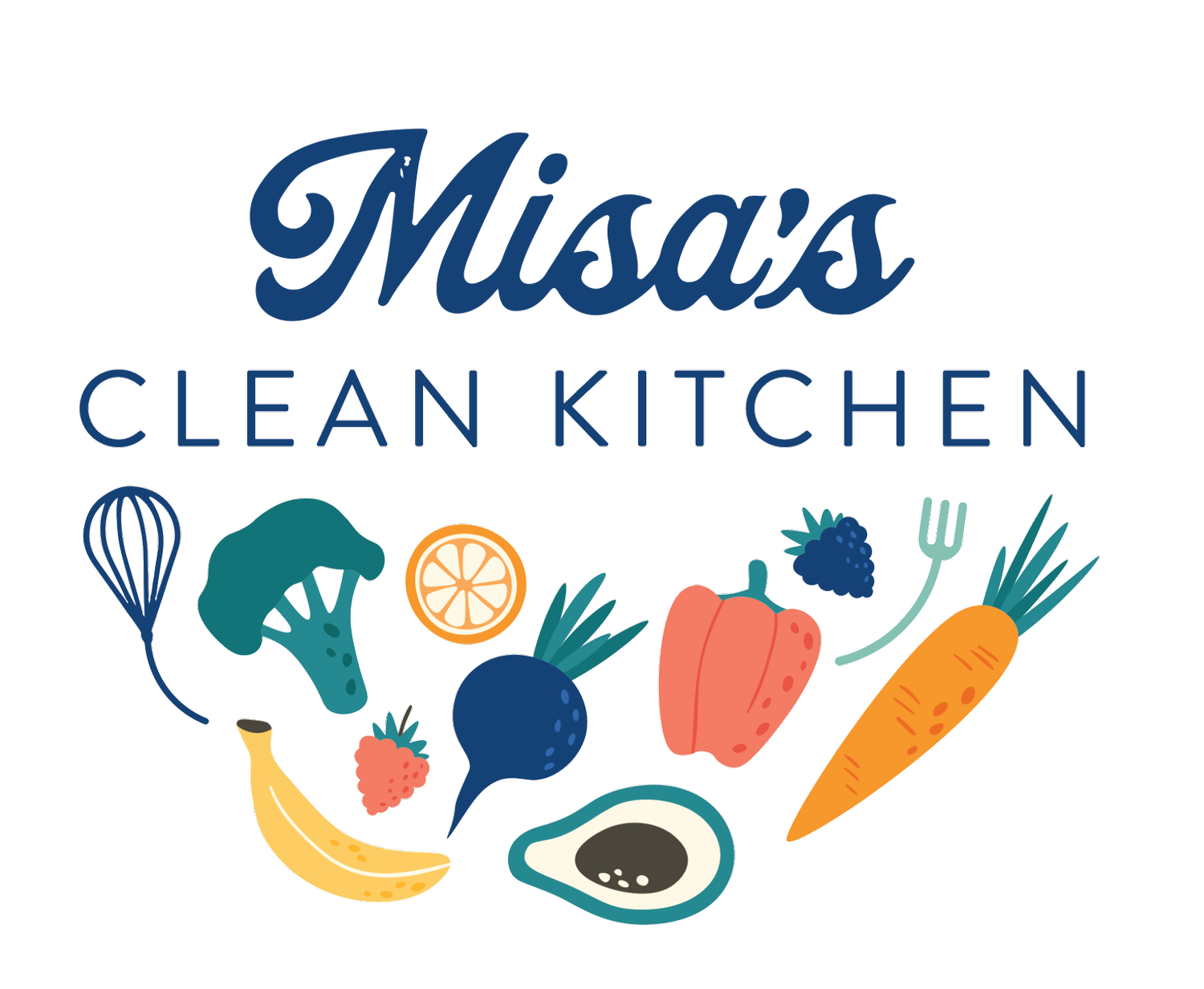Looking to Optimize your Family’s Health? Try this Challenge!
Looking for ways to inspire and motivate your family to eat more plants?
Over the last couple of months, my family has taken on two different plant point challenges and it has been a game changer! I have always loved my veggies but my mindset has completely shifted to what can we can “add” to make our meals and snacks more nourishing. I first learned about plant points from Dr. Will Bulsiewicz’s book, Fiber Fueled. If you want to dive deep into the science behind plants, how to restore your health, and optimize your microbiome, I highly recommend his book. I then came across Dr. Ana Marie Temple’s, month long plant point challenge on Instagram. If you aren’t following her yet, she is a holistic Pediatrician helping parents maximize their kids’ health.
Did you know for optimal health, we should be shooting for eating 30 different plant species per week?
The first challenge my family took on was tracking all the different kinds of plants we ate throughout one week, focusing on variety. Our goal was to see if we could eat at least 30 different plants. I’ll explain why in a minute. We also tracked the different color plants, as I was curious if we were eating the rainbow and getting a variety of nutrients. Thirty plants felt a little unattainable, at first, but the plants started to add up quickly, and by the end of the week we had eaten over 40 different species of plants! This included fruits, veggies, nuts, seeds, beans, legumes, grains, and fresh herbs. Orange, yellow, green, and red peppers all count as different species as well as different apples, lettuces, etc. You can see how it can add up quickly if we think about variety.
Eat the rainbow.
Plant variety is the key to optimal health.
The second challenge was a 7 day plant point challenge, which focused on the quantity of plants as well as variety. For every plant we ate throughout the day, we gave ourselves a point and then added them up at the end of the week, reaching over 140 points individually.
These challenges were very motivating for my girls, 7 and 9 and myself! They were always asking what they could add to their snacks or meals to get more points. We also had several discussions of what foods were plants and why. One of my clients who was taking my Raising Healthy Eaters course, decided to take on the plant point challenge as well, with her 4 kids . She was surprised to see how well it was going and how willing they were to try new plants if it meant getting more points. Kids love a good challenge! One child even tried cilantro which was a huge win! The parents left their kids with grandparents for the weekend, and dad said, as he was leaving, “Try not to eat too many treat foods.” One of the girls responded, “I won’t dad. I have to get my plant points in.” This made me laugh out loud and made me sooo happy!
7 point meal with brussel sprouts, sweet potato fries, and zucchini, carrots, mushrooms, onions, and garlic mixed inside the burger
Need some ideas of ways to incorporate more plants?
My spinach pancakes, Sweet Potato Muffins, and Sweet potato quiche all have 3 points each. The Sweet Potato Quiche can easily have 8 to 10 points by adding onions, garlic, fresh herbs, and more veggies. Skies the limit! I love having grated carrots and zucchini, garlic, onions, mushrooms, and flaxseeds on hand, as they are easy to add to a meat sauce, meatballs, or burgers. A simple meatball pasta dish can easily be a 10 point meal by adding all the veggies mentioned above and flaxseeds served with lentil pasta and chopped up spinach in the sauce with some fresh herbs. So good and so nutritious!
Chocolate Chip Sweet Potato Muffins
Now for the science.
Did you know there are 39 trillion microbial cells living in our gut including bacteria, fungi, and viruses? There are 300 to over 1,000 species of bacteria inside of us. The “good” bacteria feed off of fiber and thrive on plant variety. Dr. Will Bulsiewicz states, “Each dietary choice you make will empower a specific group of microbes, while others will languish. If you permanently remove a food group, the microbes that thrive on that food will starve into extinction.” The healthier are “good” bacteria is, the more they proliferate, the healthier we are. Seventy to eighty percent of our immune system resides in our gut, so taking care of our “good” bacteria is important.
Looking for tips and tricks to adding more plants into your diet? My FIRST “Cook and Learn,” a virtual cooking class for adults is February 21st from 5 to 6pm, eastern standard time. We will be making dinner together for our family as well as learning how to optimize our health through food. We will be making a Korean Veggie Loaded Bowl with 10 to 15 plant points! I give a lot of different options for unleveling the meal as well as adopting it to your family’s liking.
What are your favorite ways to add plants into your family’s diet?


